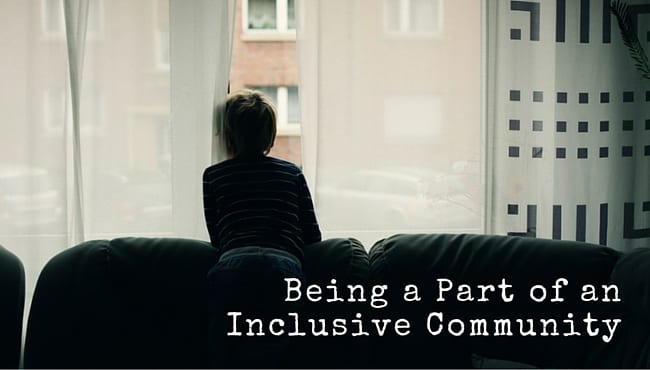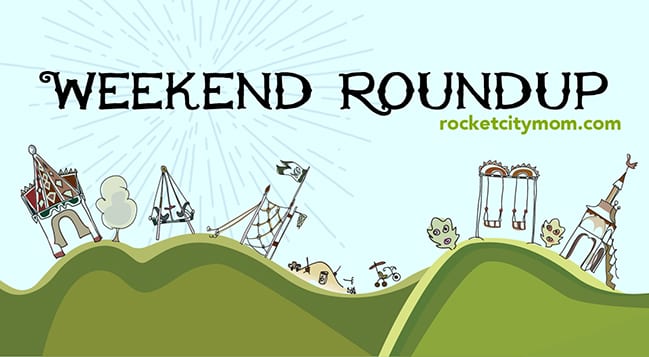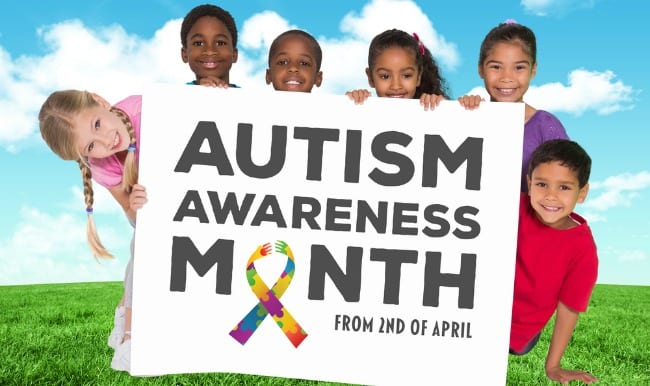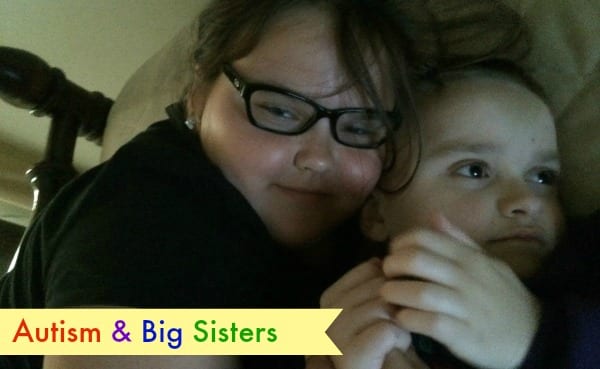Creating an Inclusive Community

April is Autism Awareness, Autism Action, Autism Acceptance Month. As a professional who works with individuals on the autism spectrum, it is a month in which I am able to shine the spotlight on some of my favorite humans and tell the community why they are so special.
April is our month, in which we get to educate the rest of the world on the importance of inclusion and acceptance. Having a child with autism can be difficult at times, however, we can choose to focus on our child’s strengths and building a community in which people of all abilities are engaged and accepted.

Through using the science of Applied Behavior Analysis, we break skills down into small steps to increase the opportunities for the learner to be successful, and to make learning difficult tasks more rewarding and less frightening. The challenge that our society now faces, is helping our children capture the array of abilities and talents that they have while enabling them to cope with the special issues that so commonly mark their lives. It can be done.
Teach Independence in the Community.
We like to use the Assessment of Functional Living Skills- Community Skills booklet, to assess each child’s current set of skills when out in the community. These skills range from ordering off of a menu, to obeying street signs, and participating in leisure activities. Once we have a good baseline, we know what skills to focus on teaching first. We work with the learner and his or her family to identify which skills are a priority and which can be targeted at a later date.
The goal of teaching independence in the community is to have the child engage in community activities on a daily basis, whether it is shopping at Publix or going to reading group at the Library. Independence allows our children to participate and be engaged with their typically developing, same-age peers.
Ensure Safety.
When teaching Community Skills, it is also extremely important to take proper safety precautions. This includes teaching your child who community helpers are, what a stranger is, and keeping pertinent personal information and phone numbers in a designated place in case of an emergency, etc.
Other safety issues that concern parents include wandering and water safety. Children on the autism spectrum do not always understand the dangers of wandering from a designated area. Technology, such as KultureCity’s Lifebooks, can help keep your child safe as he or she becomes more independent.
Face Your Fears.
It can be scary as a parent, to attempt a restaurant meal or a Publix run, when your child engages in behaviors that other people may not understand. I like to encourage parents to face those fears. Start with baby steps, but do not limit yourself to being confined and isolated in your home. Some people may stare and act ignorant, but you will be surprised by the number of people who will understand or even be interested in helping and talking to you.
Autism is so prevalent now that it affects almost all of us personally. The only way to create a more inclusive community is to drag ourselves out of isolation and share our children and our struggles and our strengths with each other. Below is one of my favorite clips from the ABC show “What Would You Do?”
Generalize those skills to real life situations.
One of the things I love very most about our clinic that is located inside the Village of Providence is that it allows for our children to go out into the safety of the VoP Community and practice their skills. We have children picking up clothes from the dry cleaner, ordering food at the restaurants, delivering mail, taking out trash, and playing at the playground. We work on communication, greetings, eye contact, street safety, shopping from a list at CVS, and so many other skills!
Everyone in the community is so welcoming of our children and so happy to help them learn new skills. They get just as excited as we do when a child masters a new target! One of our learners has even mastered vacuuming at home and within the clinic, and he is now vacuuming the pediatrician’s office in the afternoons.
The only way we are going to create an inclusive community is if we allow our children to take their skill set and use it in the natural context.
Do not limit your child to sorting nuts and bolts.
This may be a good job for some individuals, so please do not take this the wrong way. However, so many of our children have real genuine interests in art and music and computer coding. Nationally, the law is forcing states to move away from employing intellectually disabled individuals in covered warehouses. Do not limit your child. What are his strengths and interests? Focus on those.
A friend in New Jersey has a nonverbal son who loved to paint. At the age of 13 he opened an online store to sell his paintings. He has now sold to people all over the United States and several internationally. Think outside the box.
Push boundaries.
“Our children may have autism, but autism does not have them.” You are only limited by your fears and insecurities. God did not design us to hide our light under a bushel. Find your child’s strengths and use them for a greater purpose.
[themify_box style=”lavender rounded” ] ABOUT THE AUTHOR: Lindsay Chapman is a Board Certified Behavior Analyst and Owner of Madison Behavior Therapy. She is a board member of KultureCity, a national nonprofit organization that is dedicated to creating a community where individuals of all abilities can live and be engaged. She loves being a “boy” mom, watching her better half play Pro-Hockey, and relieving stress at Pure Barre. She gets joy from teaching other parents how to successfully use positive tools to discipline in place of harsh punishments.[/themify_box]
ABOUT THE AUTHOR: Lindsay Chapman is a Board Certified Behavior Analyst and Owner of Madison Behavior Therapy. She is a board member of KultureCity, a national nonprofit organization that is dedicated to creating a community where individuals of all abilities can live and be engaged. She loves being a “boy” mom, watching her better half play Pro-Hockey, and relieving stress at Pure Barre. She gets joy from teaching other parents how to successfully use positive tools to discipline in place of harsh punishments.[/themify_box]
As a hyper-local website focused on all aspects of parenting in and around Morgan County, and the Tennessee Valley, River City Mom occasionally asks local parents to submit their stories for publication. This is part of our continual effort to represent varied viewpoints and experiences on our site. However, these articles should not be seen as necessarily expressing the views of Rocket City Mom Media Group, LLC.








